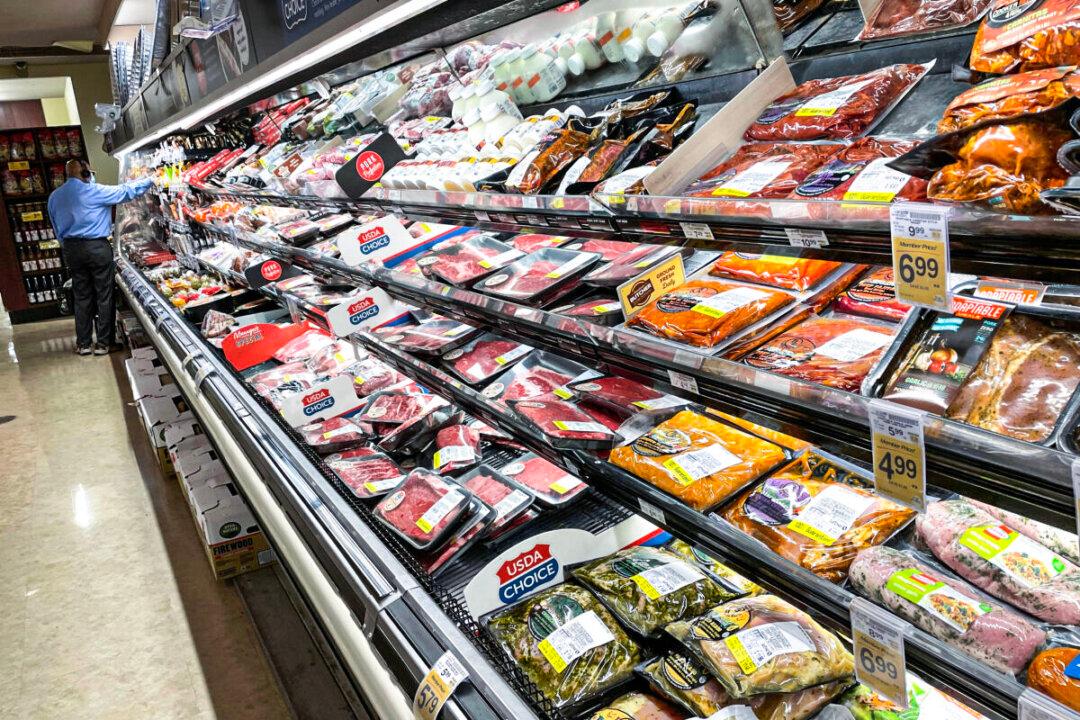Commentary
Markets reacted badly last week to Federal Reserve chairman Jerome Powell’s statements outlining the Fed’s initial forecast for the coming year.

Markets reacted badly last week to Federal Reserve chairman Jerome Powell’s statements outlining the Fed’s initial forecast for the coming year.